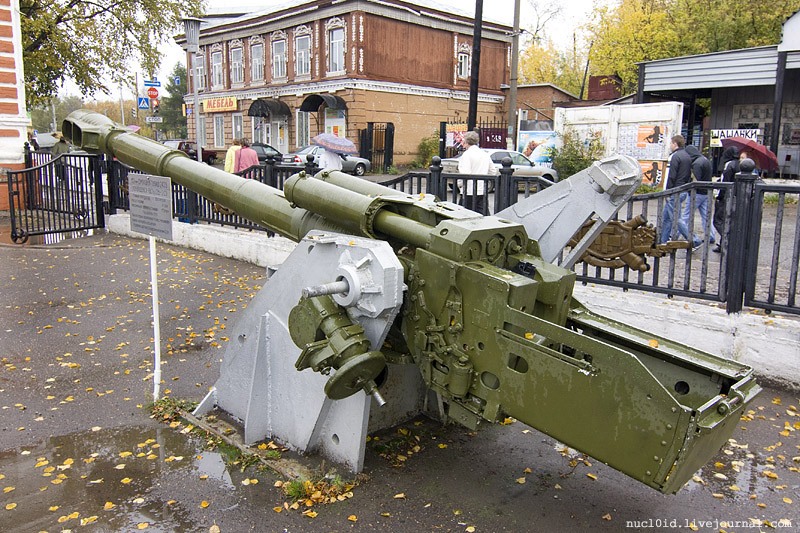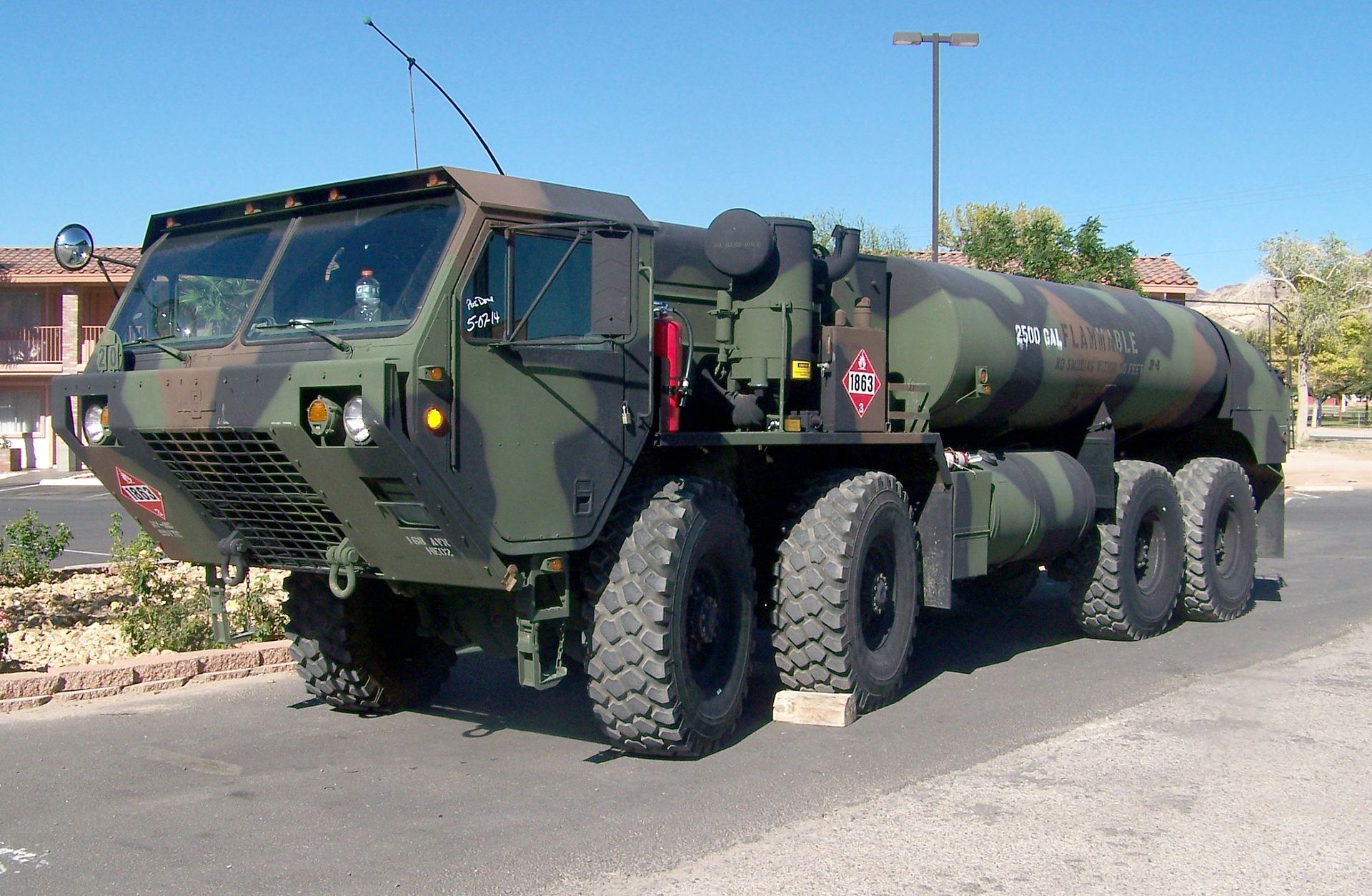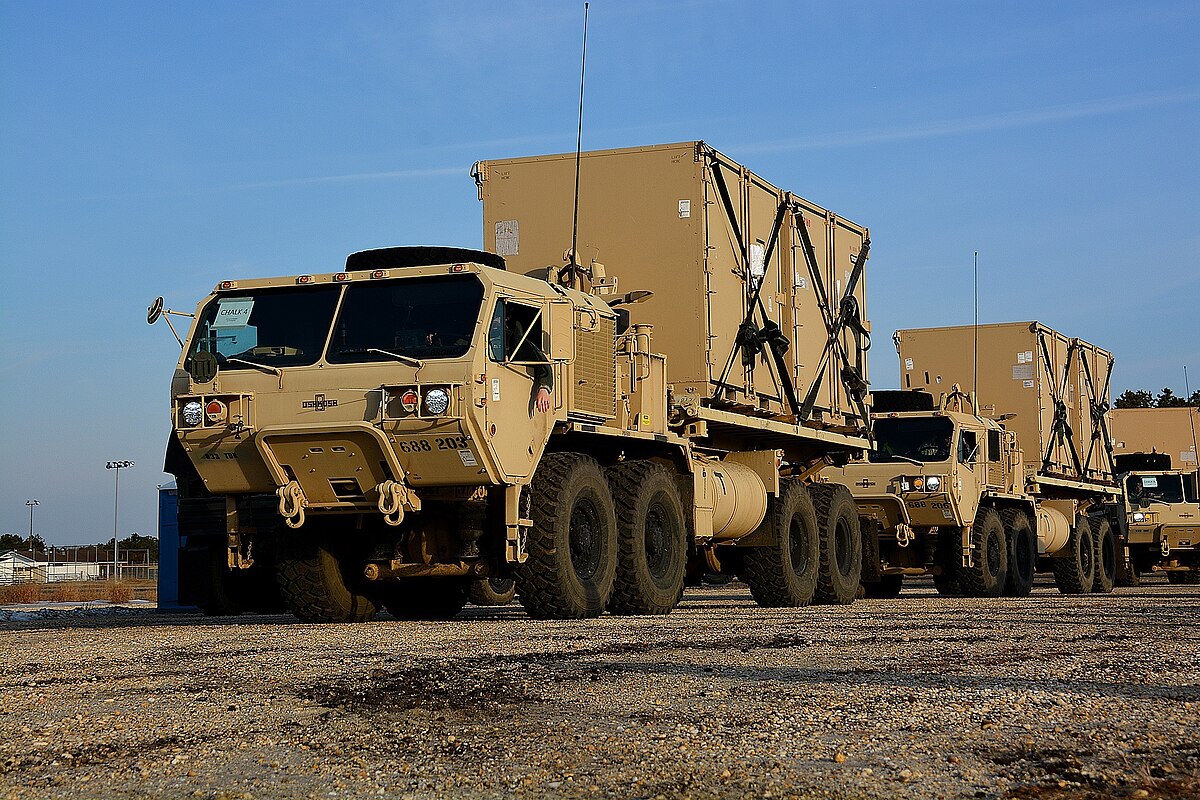Install the app
How to install the app on iOS
Follow along with the video below to see how to install our site as a web app on your home screen.
Note: This feature may not be available in some browsers.
You are using an out of date browser. It may not display this or other websites correctly.
You should upgrade or use an alternative browser.
You should upgrade or use an alternative browser.
Ukrainan konflikti/sota
-TripleX-
Respected Leader
Märkää on, pitää vielä odottaa kunnon poutasäätä.
FinnNSF
Ylipäällikkö
Poseidon iltalenkillä

 www.flightradar24.com
www.flightradar24.com

Live Flight Tracker - Real-Time Flight Tracker Map | Flightradar24
The world’s most popular flight tracker. Track planes in real-time on our flight tracker map and get up-to-date flight status & airport information.
Ellei ryssäällä olisi atomipommia niin se olisi vielä enemmän kusessa.Nyt voisi tietysti Putelta kysyä, että:" miten noin niin kuin meni omasta mielestä?". Venäjän suuruus ja pelottavuus on sotatoimien venyessä yli vuoden aika lailla laskenut.
Juoksuhautajalka
J0h1F
Respected Leader
Tuolla periaatteellahan RBS-70:kin (meillä ITO 05M) toimii. Ja Starstreakillahan on ihan todistettuja pudotuksia koptereista viime vuoden puolelta.Oliskos tää:
https://en.wikipedia.org/wiki/Starstreak
Osoita lentsikkaa laaserilla ja ohjus osuu sitten siihen. Jo ajatuksena tuo tuntuu aikas haasteelliselle konseptille.
Paskaa ammusta Pakistanista. Tietäjät varmaan osaa sanoa mistä räjähdys johtuu?
Kyllä tuo voisi olla ihan putken kulumisestakin johtuva putkiräjähdys. Meillä meni viime sodissa, erityisesti 1944 ratkaisutaisteluissa ilmeisesti aika paljonkin putkia rikki, kun ammuttiin liian kuluneilla putkilla.Telatykin kanuuna on D-22 joka on variantti D-20 tykistä. Näitä on valmistettu kymmeniä tuhansia sitten 50-luvun. Todella perusvarmaa ja testattua tekniikkaa.
Näyttää videon perusteella putki irronneen rungosta, lentäneen irti vaunusta ja sitten mennyt poikki. Mahdollisesti räjähtänyt putkessa, mutta vaunun optiikka ja ajovalojen umpio ehjiä joten epäilen.
Liian tiukka ammus, liikaa ruutia tai sitten ei ole huollettu.

lähde 1 ja 2
Yhdysvallat antaa Ukrainalle 2,6 miljardia dollaria lisäturva-apua, joka keskittyy tykistöyn, HIMARSeihin ja panssarintorjuntaammuksiin
HEMTT M978/A4 Fuel Servicing Truck (2500 gal / 9500 L)
- Panssarien, helikopterien, motorisoitujen osastojen ja lentokoneiden tankkaus kenttäolosuhteissa.
8x8 maastokuorma-auto, käytössä US armyllä vuodesta 1982 ja valmistettu +32.000 kpl. Kyseessä tankkausvariantti. Ukrainaan on lähetetty jo aiemmin muita HEMTT versioita (lähde)

https://oshkoshdefense.com/wp-content/uploads/2018/12/17312_HEMTT-A4-FuelSrvcng_LowRes_4.29.2015.pdf
Heavy Expanded Mobility Tactical Truck - Wikipedia
en.wikipedia.org
Vaikka amerikassa kaikki on suurta niin Sisun 8x8 kantavuus on tuplat perus HEMMT verrattuna (18 tn vs 9,1 tn !!!!) Kuvassa 10,6 m3 tankkausasema kyydissä ja takapyörät nostettu ylös koska 6tn kapasiteettia vapaana

Tiukasti maassa näyttäisi olevan takatassut, ovat vaan kumpareen päällä, eikä taida 8x8 vehkeissä edes olla nousuteliä. Kantavuus "ruotona" sen 18-20 tn, mutta kun päälle nykäistään vaikkapa tuollainen säiliöyksikkö, niin kantavuutta ei enää jää jäljelle lähellekkään sitä 18-20 tn.
Kyllä kai Ukraina voi suostua rauhaan sillä ehdolla että ryssä vetäytyy täysin ja Ukraina sitoutuu olemaan liittymättä Natoon. Ukrainan armeija on jo nyt vahva ja länsimaiden avustuksella vahvistuu huomattavasti nopeammin kuin ryssä palautuu omasta ahdingostaan. Parissa vuodessa Ukrainan armeija voisi olla yksi länsimaiden vahvimpia ja siten rajojen pitäminen tulevaisuudessa olisi varsin helppoa. Toki Naton suojassa ei tarvitsisi välittää ryssän myöhemmistäkään pullisteluista mitään ja ilman Natoa pitää olla varautunut jatkuvasti uusiutuvaan sotaan.
Jälleenrakentaminen länsimaiden avustuksella nopeasti, teollinen kasvu ja luonnonvarojen hyödyntäminen nostaisi Ukrainan elintasonkin nopeasti ihan eri luokkaan kuin ryssillä.
Äääh, ehkä vaan on parempi painaa ryssä ulos ja pakottaa rauhaan Ukrainan asettamilla ehdoilla. Sen jälkeen jälleenrakennus, EU ja Nato niin saadaan tuokin maailmankolkka asettumaan oikealle tolalle.
Jälleenrakentaminen länsimaiden avustuksella nopeasti, teollinen kasvu ja luonnonvarojen hyödyntäminen nostaisi Ukrainan elintasonkin nopeasti ihan eri luokkaan kuin ryssillä.
Äääh, ehkä vaan on parempi painaa ryssä ulos ja pakottaa rauhaan Ukrainan asettamilla ehdoilla. Sen jälkeen jälleenrakennus, EU ja Nato niin saadaan tuokin maailmankolkka asettumaan oikealle tolalle.
Antares
Respected Leader
Tässä uusi tuttavuus minulle, ilmeisesti japanilaisen tekemää tutkimustyötä Venäjän kaivamista asemista:
Linia Surowikina. (język Japanese).
Surovikin line. (language Japanese).
https://www.google.com/maps/d/viewe...ja&ll=48.10710088507564,37.49390692951259&z=7
-
Tänne on jaettu useammin Brady Africkin vastaavaa karttaa:
https://www.google.com/maps/d/viewe...vQ&ll=46.94564763100149,35.55038609720001&z=8
-
Arvatenkin näissä on paljon samaa, katselevat kuitenkin pitkälti samoja satelliittikuvia. Jos on sellaisia läsnä ketä kiinnostaa karttojen tutkiminen (ja ehkä piirtäminenkin) niin näistä voi löytyä jotain mikä jäänyt itseltä havaitsemassa - tai voi mennä toisinpäinkin.
Linia Surowikina. (język Japanese).
Surovikin line. (language Japanese).
https://www.google.com/maps/d/viewe...ja&ll=48.10710088507564,37.49390692951259&z=7
-
Tänne on jaettu useammin Brady Africkin vastaavaa karttaa:
https://www.google.com/maps/d/viewe...vQ&ll=46.94564763100149,35.55038609720001&z=8
-
Arvatenkin näissä on paljon samaa, katselevat kuitenkin pitkälti samoja satelliittikuvia. Jos on sellaisia läsnä ketä kiinnostaa karttojen tutkiminen (ja ehkä piirtäminenkin) niin näistä voi löytyä jotain mikä jäänyt itseltä havaitsemassa - tai voi mennä toisinpäinkin.
RKSTAK
Ylipäällikkö
Suomesta olisi kyllä sievin kumisaappaita voitu lahjoittaa pahimpaan rospuuttoon.
RKSTAK
Ylipäällikkö
Antares
Respected Leader
Michael Kofmanin tuoreita ajatuksia sodan kulusta:
A few thoughts on the current course of the war, Russia’s winter offensive, battle of Bakhmut, and how this phase might affect the coming months. Also check out the WOTR podcast episode below that covers some of this. Thread.
A few thoughts on the current course of the war, Russia’s winter offensive, battle of Bakhmut, and how this phase might affect the coming months. Also check out the WOTR podcast episode below that covers some of this. Thread.
A few thoughts on the current course of the war, Russia’s winter offensive, battle of Bakhmut, and how this phase might affect the coming months. Also check out the WOTR podcast episode below that covers some of this. Thread.
https://warontherocks.com/2023/04/r..._UAmtAu9onr-Yyh1yXWyUha3CR_DYV0yci2izZ4eTfwKM
The Russian offensive in the Donbas has not yet ended, but it has weakened in pace of operations and intensity. Having achieved little, Russian forces are probably preparing to shift to a defensive posture in anticipation of a Ukrainian offensive.
At Vuhledar Russian forces fed the better parts of two brigades into UA minefields and ATGMs, then eventually switched to Avdiivka. There they created a partial encirclement, but UA may have stabilized the situation at this point (its unclear).
Many of the complaint videos seem to come from around Avdiivka, where Russian mobilized territorial troops have been assigned to the DNR’s corps. They are being rotated onto the battlefield probably in battalion or company sized elements and thrown into infantry assaults.
Other battlefields: Kreminna -> Lyman, Bilohorivka, Marinka, could be summarized as see-saw battles where RU struggled to attain an advantage. Overall, RU force quality appears insufficient to restore offensive potential, hence most attacks are by VDV or Naval Infantry.
Consequently, the Russian offensive is going about as poorly as expected. The question is how much will Russian forces exhaust themselves and be forced to ration ammunition. Putin has publicly commented on artillery ammunition constraints forcing them to limit use.
I hold to the argument in an earlier thread, that Gerasimov is exhausting the force with an ill-timed feckless set of offensive operations, whose gains will not change the strategic picture for Russia, but could leave Russian forces more vulnerable.
Meanwhile, UA is building out a sizable additional force: three corps, consisting of six maneuver brigades, and supporting elements. How many of these units will be complete and trained by the time of the offensive is unknown.
Some brigades will be equipped entirely with Western AFVs. However, they may be composed of recently mobilized personnel, and on a very tight training regimen. Operating cohesively as units, and attempting combined arms maneuver may prove difficult.
My impression is that capability gaps remain in breaching equipment, mine clearing, combat engineering, bridging, support, and core items like communication, night vision, ISR.
The Russian military likely has the manpower and reserves to mount a stubborn defense, along with minefields and entrenchments. This doesn't mean UA can't break RU lines, but past offensives suggest that UA has challenges sustaining momentum after a breakthrough is achieved.
Turning briefly to manpower, the Russian military still has a long-term manpower problem. The leadership is keen to avoid another mobilization wave. At this stage they are attempting to recruit 400k contract servicemen instead.
There is a nation-wide contract service recruitment drive with advertisements and mobile recruitment centers across Russia. Draft notices still go out seeking to update information and pressure people into signing contracts.
Regions likely have quotas & state enterprises are used as recruitment instruments. This was tried last year, and the results proved underwhelming. While elements of Russian society support, or acquiesce to the war, most do not want to participate despite the money offered.
Hence I suspect that to rotate forces and replace losses Moscow will resort to mobilization once again later this year. My guess is that if there is another mobilization wave, then it will be summer/fall, depending on what happens on the battlefield.
Russia has just begun processing the biannual conscript intake, enrolling 147,000, a significant increase compared to recent years. For more on this check out CIT’s recent posts.
Turning to Bakhmut. Over the past couple weeks RU changed approach, advancing northwest of the city towards the water canal, and into the city itself along three sides. While UA forces have not been encircled, the situation remains precarious, and unstable. Map March.

The reason why RU changed approach is unclear: inability to sever the supply route, force exhaustion, concern over exposed flanks, infighting between Wagner and GenStaff, or concerns about committing reserves and getting fixed at Bakhmut as Ukraine’s spring offensive looms.
In Bakhmut UA sought to attrition Russian forces and fix them long enough to launch the spring offensive. But, the evidence is scant that UA still enjoys a significantly favorable attrition ratio, or that it is fixing a substantial Russian force.
Whether holding Bakhmut makes military sense is best judged later. This is an incomplete picture at best, and UA has no easy options: hold, withdraw, counter attack, move up spring offensive timing. But over the past month Wagner forces have advanced further into the city.
The reason Bakhmut matters is not because it will directly impede UA offensive prospects, but because force quality is difficult to regenerate (and ammo finite). What UA spends now it may miss later this year when the offensive is over, and may struggle to sustain momentum.
The Ukrainian military is better motivated and more adaptable than Russia’s, but after more than a year of fighting force quality issues have risen to the fore, and there are internal clashes as two military cultures uncomfortably coexist within the same army.
UA cannot afford to be profligate, because what follows a series of successful offensives could prove similar to the attritional period December-February. Even if an outright military victory is achieved, the war may continue as a cross-border war of attrition.
To get past short-termism in the conversation it is important to consider what will follow Ukraine’s offensive. US and European countries can sustain Ukraine's war effort, but may not be able to provide a decisive military advantage over RU for some time after this period.
Consequently, UA has a critical window of opportunity, which will set expectations. UA has consistently overperformed, while RU forces underperformed, relative to expectations. Hence I am cautiously optimistic, but concerned about the uncertainty on what will follow.
https://warontherocks.com/2023/04/r..._UAmtAu9onr-Yyh1yXWyUha3CR_DYV0yci2izZ4eTfwKM
The Russian offensive in the Donbas has not yet ended, but it has weakened in pace of operations and intensity. Having achieved little, Russian forces are probably preparing to shift to a defensive posture in anticipation of a Ukrainian offensive.
At Vuhledar Russian forces fed the better parts of two brigades into UA minefields and ATGMs, then eventually switched to Avdiivka. There they created a partial encirclement, but UA may have stabilized the situation at this point (its unclear).
Many of the complaint videos seem to come from around Avdiivka, where Russian mobilized territorial troops have been assigned to the DNR’s corps. They are being rotated onto the battlefield probably in battalion or company sized elements and thrown into infantry assaults.
Other battlefields: Kreminna -> Lyman, Bilohorivka, Marinka, could be summarized as see-saw battles where RU struggled to attain an advantage. Overall, RU force quality appears insufficient to restore offensive potential, hence most attacks are by VDV or Naval Infantry.
Consequently, the Russian offensive is going about as poorly as expected. The question is how much will Russian forces exhaust themselves and be forced to ration ammunition. Putin has publicly commented on artillery ammunition constraints forcing them to limit use.
I hold to the argument in an earlier thread, that Gerasimov is exhausting the force with an ill-timed feckless set of offensive operations, whose gains will not change the strategic picture for Russia, but could leave Russian forces more vulnerable.
Meanwhile, UA is building out a sizable additional force: three corps, consisting of six maneuver brigades, and supporting elements. How many of these units will be complete and trained by the time of the offensive is unknown.
Some brigades will be equipped entirely with Western AFVs. However, they may be composed of recently mobilized personnel, and on a very tight training regimen. Operating cohesively as units, and attempting combined arms maneuver may prove difficult.
My impression is that capability gaps remain in breaching equipment, mine clearing, combat engineering, bridging, support, and core items like communication, night vision, ISR.
The Russian military likely has the manpower and reserves to mount a stubborn defense, along with minefields and entrenchments. This doesn't mean UA can't break RU lines, but past offensives suggest that UA has challenges sustaining momentum after a breakthrough is achieved.
Turning briefly to manpower, the Russian military still has a long-term manpower problem. The leadership is keen to avoid another mobilization wave. At this stage they are attempting to recruit 400k contract servicemen instead.
There is a nation-wide contract service recruitment drive with advertisements and mobile recruitment centers across Russia. Draft notices still go out seeking to update information and pressure people into signing contracts.
Regions likely have quotas & state enterprises are used as recruitment instruments. This was tried last year, and the results proved underwhelming. While elements of Russian society support, or acquiesce to the war, most do not want to participate despite the money offered.
Hence I suspect that to rotate forces and replace losses Moscow will resort to mobilization once again later this year. My guess is that if there is another mobilization wave, then it will be summer/fall, depending on what happens on the battlefield.
Russia has just begun processing the biannual conscript intake, enrolling 147,000, a significant increase compared to recent years. For more on this check out CIT’s recent posts.
Turning to Bakhmut. Over the past couple weeks RU changed approach, advancing northwest of the city towards the water canal, and into the city itself along three sides. While UA forces have not been encircled, the situation remains precarious, and unstable. Map March.

The reason why RU changed approach is unclear: inability to sever the supply route, force exhaustion, concern over exposed flanks, infighting between Wagner and GenStaff, or concerns about committing reserves and getting fixed at Bakhmut as Ukraine’s spring offensive looms.
In Bakhmut UA sought to attrition Russian forces and fix them long enough to launch the spring offensive. But, the evidence is scant that UA still enjoys a significantly favorable attrition ratio, or that it is fixing a substantial Russian force.
Whether holding Bakhmut makes military sense is best judged later. This is an incomplete picture at best, and UA has no easy options: hold, withdraw, counter attack, move up spring offensive timing. But over the past month Wagner forces have advanced further into the city.
The reason Bakhmut matters is not because it will directly impede UA offensive prospects, but because force quality is difficult to regenerate (and ammo finite). What UA spends now it may miss later this year when the offensive is over, and may struggle to sustain momentum.
The Ukrainian military is better motivated and more adaptable than Russia’s, but after more than a year of fighting force quality issues have risen to the fore, and there are internal clashes as two military cultures uncomfortably coexist within the same army.
UA cannot afford to be profligate, because what follows a series of successful offensives could prove similar to the attritional period December-February. Even if an outright military victory is achieved, the war may continue as a cross-border war of attrition.
To get past short-termism in the conversation it is important to consider what will follow Ukraine’s offensive. US and European countries can sustain Ukraine's war effort, but may not be able to provide a decisive military advantage over RU for some time after this period.
Consequently, UA has a critical window of opportunity, which will set expectations. UA has consistently overperformed, while RU forces underperformed, relative to expectations. Hence I am cautiously optimistic, but concerned about the uncertainty on what will follow.
Rysy kerää sen verran voimaa Mustalle merelle, että taitaa olla taas ohjusiskujen aika
RKSTAK
Ylipäällikkö
Tässä uusi tuttavuus minulle, ilmeisesti japanilaisen tekemää tutkimustyötä Venäjän kaivamista asemista:
Linia Surowikina. (język Japanese).
Surovikin line. (language Japanese).
https://www.google.com/maps/d/viewer?mid=1ZVsmwa6Fm2t-cPGqIoGOpZN3WxAZM1k&hl=ja&ll=48.10710088507564,37.49390692951259&z=7
-
Tänne on jaettu useammin Brady Africkin vastaavaa karttaa:
https://www.google.com/maps/d/viewer?mid=1rRKs40IEbGRsV0Fhky25l5OkPJ_vUvQ&ll=46.94564763100149,35.55038609720001&z=8
-
Arvatenkin näissä on paljon samaa, katselevat kuitenkin pitkälti samoja satelliittikuvia. Jos on sellaisia läsnä ketä kiinnostaa karttojen tutkiminen (ja ehkä piirtäminenkin) niin näistä voi löytyä jotain mikä jäänyt itseltä havaitsemassa - tai voi mennä toisinpäinkin.
Hyvä, tätä asemakarttaa etsinkin. Äkki vilkaisulla suoraa panssarikaivantoa vedetty paljon. Pitää perehtyä tarkemmin.
Antares
Respected Leader
Pari kuvaa ja video ns. anti-drone netting eli droneja vastaan tarkoitetusta verkosta. Pääasiassa tietysti Lancet-droneja vastaan, tosin ryssällä on varmasti muitakin itsemurhadroneja.
Näiden osalta ei tietysti kannata keksiä pyörää uudestaan ja sota-aikana siihen tuskin on suuria halujakaan. Valmista hyllytavaraa, joka tuetaan tai ripustetaan vaunun yläpuolelle ja sivustoille miten vain missäkin maastossa parhaiten onnistuu. Jos minun pitäisi juonia tällainen, aloittaisin ehkä teräsaitaverkosta ja niiden kiinnitystolpista. Siihen pitää tietysti ripustaa verkko "katoksi" mutta onnistunee. Ehkä kevyempikin ratkaisu löytyisi, mutta tässä on historiallinen kokemus tukena: Vietnamissa pysyvämpien tukikohtien ulkoreunan teräsverkkoaita räjäytti jopa RPG-7 kranaatteja joita Vietcong ammuskeli toisinaan näitä tukikohtia kohti. Riittävän suuri ilmarako (useita metrejä) syö tehon jopa moderneista ontelopanoksista.
Olipa ratkaisu mikä tahansa, pitäisi hyödyntää vahvasti olemassaolevia tuotteita ja erityisesti sellaisia jotka ovat tällä hetkellä massatuotannossa.
Näiden osalta ei tietysti kannata keksiä pyörää uudestaan ja sota-aikana siihen tuskin on suuria halujakaan. Valmista hyllytavaraa, joka tuetaan tai ripustetaan vaunun yläpuolelle ja sivustoille miten vain missäkin maastossa parhaiten onnistuu. Jos minun pitäisi juonia tällainen, aloittaisin ehkä teräsaitaverkosta ja niiden kiinnitystolpista. Siihen pitää tietysti ripustaa verkko "katoksi" mutta onnistunee. Ehkä kevyempikin ratkaisu löytyisi, mutta tässä on historiallinen kokemus tukena: Vietnamissa pysyvämpien tukikohtien ulkoreunan teräsverkkoaita räjäytti jopa RPG-7 kranaatteja joita Vietcong ammuskeli toisinaan näitä tukikohtia kohti. Riittävän suuri ilmarako (useita metrejä) syö tehon jopa moderneista ontelopanoksista.
Olipa ratkaisu mikä tahansa, pitäisi hyödyntää vahvasti olemassaolevia tuotteita ja erityisesti sellaisia jotka ovat tällä hetkellä massatuotannossa.
Nick Kane
Eversti
TA-toimintaa 



Tästä mieleeni että taitaa mennä sniperien tilastoissa rankingit uusiksi, onkohan niistä jotain infoa ollut
Ossikemppainen
Luutnantti
Eihän olisi. Antaa ryssän sitoa resurssit sinne ja läpi mennään ohan jossain muualla. Bahkmut antautuu, kun Himars iskut alkavat syvällä Krimin niemimaalla.Tämä Bahmut olisi pitänyt lanata nyt länsivaunuilla. Tuhota koko Wagner alueelta.



